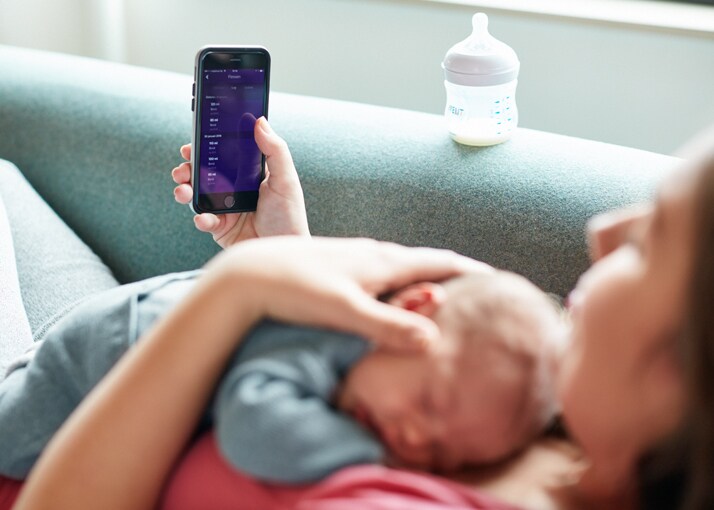Growth, 0 - 3 months When it comes to your baby’s future, weight is probably one of the few areas that you’re hoping they’ll be average. The good news is you don’t have to monitor weight too closely: your doctor will track this at regular check-ups. In the meantime, you can use this guide to understand how ‘normal’ weight is tracked in infants and why growth charts are only part of the story. The range of normal The good news is that there is no single number your baby needs to meet; a normal baby weight is actually a range that differs for boys and girls. To give you some general guidance, a normal birth weight can range from 2.4 kg - 4.2 kg (5 lb 3 oz - 9 lb 3 oz) for girls and 2.5 kg - 4.35 kg (5 lb 5 oz - 9 lb 6 oz) for boys. The average birth weight for girls and boys, according to the World Health Organization, is 3.25 kg (7 lb 2 oz) and 3.35 kg (7 lb 4 oz) respectively. Depending on your baby’s birth weight, parents can generally expect their baby’s weight to double by 4 months for both boys and girls. By 13 months and 15 months, it tends to triple for boys and girls respectively. Monitoring healthy weight gain So how will you know if your baby fits in the normal range and is growing well? From birth, your baby’s weight will be monitored on a growth chart by your doctor or maternity nurse at regular check-ups. This is the easiest way to see at a glance how your baby compares to other babies of the same age and gender, how they’re growing over time and whether there are any unusual patterns. Your baby’s version of normal The thing to remember here is that average growth (what growth charts are based on) isn’t necessarily normal growth for your baby. Your baby will most likely have an individual normal growth pattern that can’t be matched to an average or even your friend’s baby of the same age. This means that growth charts are handy to monitor overall growth patterns but they’re not the only indicator that your baby is putting on weight at a healthy rate. In addition to using a growth chart as a reference and discussing any concerns with your doctor, make sure that you stay in tune with your little one’s feeding patterns, behaviour, wet nappies and general health. Generally, you can expect at least 5 heavily-wet disposable, or 6-8 very wet cloth nappies, in 24 hours after the first five days if you’re breastfeeding. A happy baby who feeds well, and has regular wet nappies, tends to be a healthy one!
